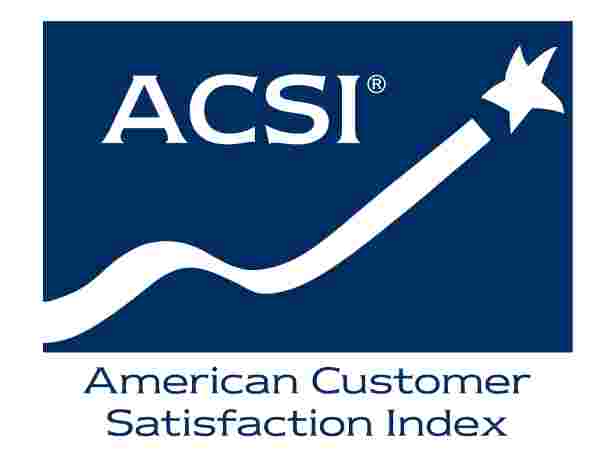
The CFI Group has the privilege of working with a major state university center which is dedicated to graduate and professional education, focusing exclusively on health sciences and healthcare delivery. With medical centers in three locations in its home city, children’s hospitals in the nearby area, an extended network of primary and specialty clinics, multiple professional schools, and graduate programs, the University seeks to bring together the best research, best teaching, and best patient care. Apart from its status as a world-class leader in healthcare, the University is a major economic engine for the region and its city’s second-largest employer, producing billions of dollars in economic impact, directly employing over 27,000 people, and generating nearly 43,000 jobs.
THE CHALLENGETo meet the business needs of its physically sprawling and organizationally complex ecosystem of component entities while maximizing opportunities for operational efficiency, the University relies upon its University Administrative Services (UAS) organization. UAS provides a host of shared services to the university community in the areas Human Resources, IT, Finance, Procurement, Campus Life Services, Public Safety, and Real Estate/Physical Environment Services. Many of these functions had previously been distributed across the University’s various units, schools, and departments. An ongoing challenge for UAS is to ensure that the diverse voices of its customers among faculty, staff, and students remain front and center in its ongoing efforts to drive efficiencies and add value to its business operations. To this end, UAS designated Customer Experience as one of the pillars of its strategic framework for evaluating the organization’s contributions to the University’s Mission, Vision, and Values and identified a need for a robust approach to measure and manage stakeholder satisfaction.
UAS had been tracking their customers’ experiences using an annual survey, which drilled down into all elements of its services in great detail. While this approach produced some useful data points, it also had several drawbacks. The once-per-year timing of the survey left UAS without insight into the impact of their continuous improvement efforts throughout the year and required a long survey form which discouraged customer participation and depressed survey response rates. The analysis methodology applied to the survey results also did not provide clear and precise guidance to UAS about where their improvement initiatives should be focused.
Other Resources
- Date
- January 29, 2019
center Download PDF https://cdncom.cfigroup.com/wp-content/uploads/CFI-PBGC-case-study.pdf icon-download left #45546d #45546d Description ABOUT PBGC The Pension Benefit Guaranty Corporation (PBGC) protects the retirement incomes of nearly 37 million American […]- Date
- May 18, 2018
center Description ABOUT CSBG AND OCS The Community Services Block Grant (CSBG) is a federal anti-poverty grant that funds the operations of a state-administered network of […]- Date
- July 21, 2017
center Download PDF https://cdncom.cfigroup.com/wp-content/uploads/CFI-university-case-study.pdf icon-download left #45546d #45546d Description ABOUT THE CLIENT The CFI Group has the privilege of working with a major state university center […]- Date
- March 27, 2017
center Description The Building Science Branch of the Federal Emergency Management Agency (FEMA) has an important mission—to reduce loss of life and property by creating disaster-resilient […]






